World Fine Art Professionals and their Key-Pieces, 158 - Wilma Kun
World Fine Art Professionals and their Key-Pieces, 158 – Wilma Kun
Outside it is snowing, there is already a lot of snow when I talk to Wilma Kun about her work in her studio. There are large drawings on a work table, the lines of which are partly embroidered. There are roots to see and the face of Wilma Kun. The work is not finished yet.
Wilma is originally from Sao Paulo, Brazil, but she has lived in Europe for about 26 years, the last 8 years in Rotterdam. In 1991 she went on a journey, graduated as a sculptor from the Art Academy of Sao Paulo. First to Spain, she landed in Madrid, looked at the city and the country, including Figueres, where she visited the Dali museum, went on to Portugal, France and Italy. Wilma: “Everything was new to me. I thought it was beautiful. I had been traveling for two / three months when I arrived in Italy. That was my destination. I did not want to live in Brazil anymore, but in Europe. Italy was ideal, especially because of the language. ”
Luciano Fabro
When she entered Italy by train, the customs police entered the train. “All kinds of people were chosen to show their documents, but I was skipped by them. I did not look like a stranger. I was relieved at first, but it made me think. How is that possible? Customs did not see me as Brazilian, but as a white woman, who looked European for them. I might as well be a European woman. I started thinking about my identity. ”
She traveled through the country: Florence, Rome, Venice and ended in Milan. There she wanted to continue studying, at the Academia di Brera, and if possible work at the same time. “I quickly learned Italian, the Italian men were very interested in me, they thought I was an easy girl, they were constantly with their hands on me. I had to get rid of that. I did not say that I was originally Brazilian. That is why I did not speak my own language anymore, I lost my Portuguese, in this way my identity changed.” At the Academy she was taught by the famous sculptor Luciano Fabro.
“There is also work by him in the Kröller-Müller Museum. He also created work on Spinoza in the context of a Spinoza jubilee. Fabro was a strict teacher, but good. Exactly what I needed.” She also received lessons from Giuseppe Maraniello who introduced her to her first gallery in Milan.
Skin / latex
She started making sculptures of stone, as she had made in Brazil, in the style of Jean Arp. Fabro thought that Wilma was blocked and gave her hundreds of exercises to ‘unblock’. She made everything, after half a year an installation with a mask of plaster. In a subsequent work the plaster was replaced by skin (latex). The face she had made stood for Identity. The unblocking had success, the release had succeeded, she had found her goal: identity, shaped by her latex figure, as a symbolic matrix of the ‘man / woman’ duality. Looking back, she refers to this work as her key work. “Identity consists of different layers: memories, gender, country, language. You build an identity with these elements. But our identity is not fixed once and for all. It is always in transition. ”
In the fourth year of her studies in Milan she had her first exhibition at the Artra Gallery, where she began to sell her own art. She also taught at the International Institute of Design in Milan and at the ACME Academy in Milan and Novara. She had already built up the necessary experience in Brazil. “I always want to tackle things to earn a living. At the Biennale de Sao Paulo I had people guided around and helped with the building of stands.” She also built the stand of the American artist Bob Wilson for an exhibition. “I was 22. In Italy, I just continued to do that. I also began to focus better and better. During that time I participated in various exhibitions.” In the meantime she was married to an Italian.
Art residencies
At the same time she began to orient herself to the possibilities of art residencies outside Italy, especially in Germany and France. She could not go to those countries, but she did in the Netherlands, a completely unknown country. In 2009 she could go to Kaus Australis for four months, in Rotterdam-Noord, near Zestienhoven Airport. “I came in January. In order to communicate I started studying English. I went to work in the studio, but also explored the city. The galleries, the Witte de Withstraat, the whole art scene. It made a very good impression on me.” She went back to Milan, but got the hang of it and she was back in Rotterdam at the end of the year.
Robin Kolleman (see elsewhere on this site) invited her and Anke Lang to participate in an exhibition in Deventer. Then she had an exhibition in Berlin. For six months she was in the Netherlands / Rotterdam this time. She heard that she could start at Kunst & Komplex, an artists’ workspace near Marconiplein. “That was an open studio. I had a lot of ideas that I could easily start on. I also started organizing Open Days, which had not been done before. ” She then went back to Milan and asked her husband if he would come to Rotterdam, but he wanted to stay, so she went back alone. We are now in 2011, again she is at Kunst & Complex for six months. And after that she did not leave the Netherlands anymore. With some people around her she started to organize exhibition spaces.
Weeds
Now she has a studio in an artists’ space of the SKAR near the Sparta stadium. As with Kunst & Complex, she organizes Open Days in this studio. She is co-owner of the Bookstore / Literary Café Huis der Zotheid (House of Folly), where she organizes all kinds of artistic projects for young and old. But above all she is working on her own work consisting of installations and sculptures: latex skin works, large drawings with embroidered lines and photographs of people with masks on them.
As key works she calls ‘Selfportrait’, five veiled women’s heads, which was on display at the Rooting In between exhibition in Schiedam, and also recent weed drawings. “I occasionally work in my garden and get the weeds out. Some of the weeds have such long roots that I often fail to pull them out completely. Something is left behind in the ground. I compare those roots with identity. Just as you can not pull a long root out of the ground in its entirety, it is not possible to have a person accept every possible identity, there is always something original.” It can be seen on the drawings in progress on the table.
Always an artist
You are always an artist, she says. “I do not wait until I get inspiration. I believe in the process. Part of that process is that I read books. I love anthropology, psychology and philosophy: Plato, Aristotle, Spinoza, Henri Bergson and Saint Augustine, about time and free will. My skin works reflect these studies. I read the newspaper, I like to cook, also for groups. And I like to teach. That all helps me in my work. If there are no ideas, I wait. Then they come after a while, naturally. Beauty is not the most important thing, but the power of the message. It does not have to hang above the couch. ”
In conclusion: There is always something Brazilian about her work, she says. “The culture of Brazil is baroque. That is also in my work. All my work comes from the Body Art from the sixties. That is the basis. ”
Images: 1) Aleph, 2011, 2) I root 1, 2016, 3) I root 1 #, 2016, 4) I root 2 #, 2016, 5) Installation studio, 2016, 6) Memories 3 #, 2009, 7 ) Root 2016 – copia, 8) Root det3, 9) Selfieportrait Wilma Kun, 10) The Sibyls, 2009
http://wilmakun.com/
http://www.huisderzotheid.nl/
https://ifthenisnow.eu/nl/verhalen/de-wereld-van-de-rotterdamse-kunstenaar-34-wilma-kun
Disclaimer: The views, opinions and positions expressed within this guest article are those of the author Walter van Teeffelen alone and do not represent those of the Marbella Marbella website. The accuracy, completeness and validity of any statements made within this article are not guaranteed. We accept no liability for any errors, omissions or representations. The copyright of this content belongs to Walter van Teeffelen and any liability with regards to infringement of intellectual property rights remains with the author.

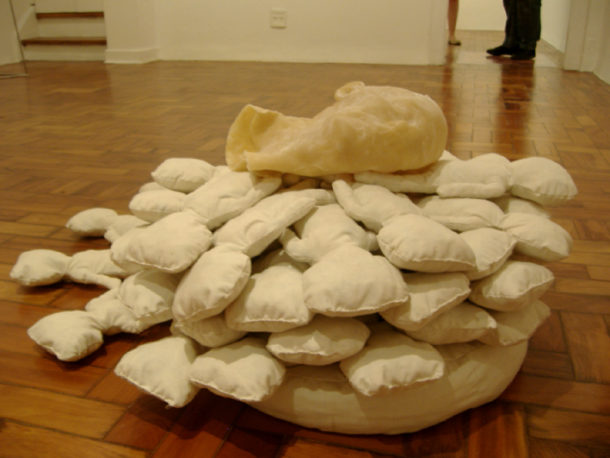

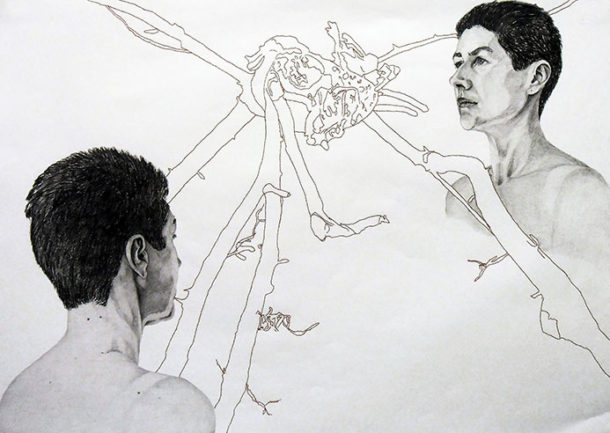
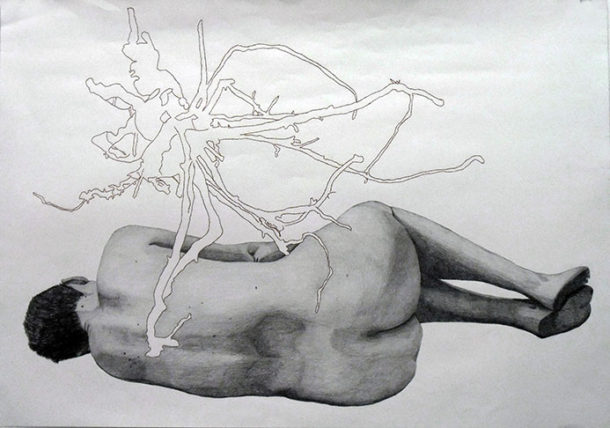
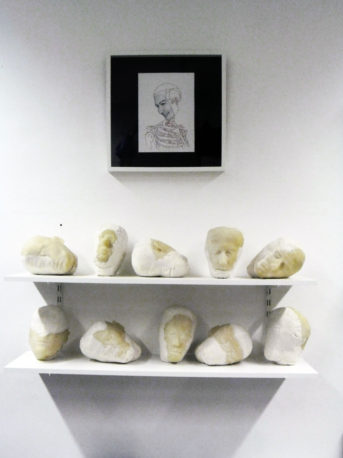

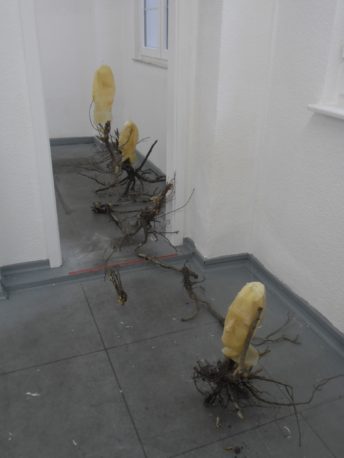
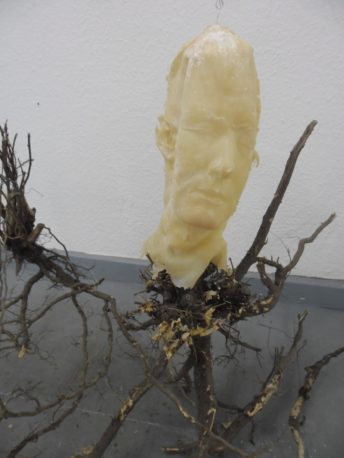
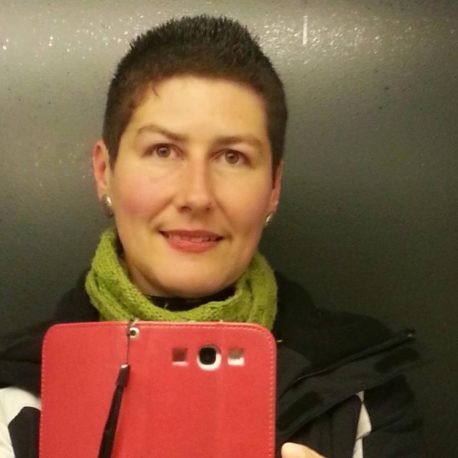
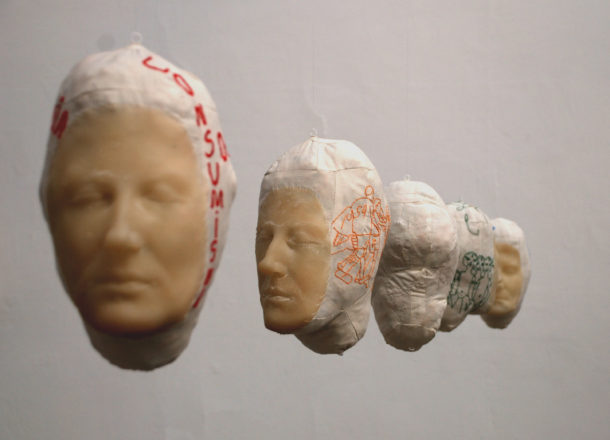














The opinions expressed by individual commentators and contributors do not necessarily constitute this website's position on the particular topic.